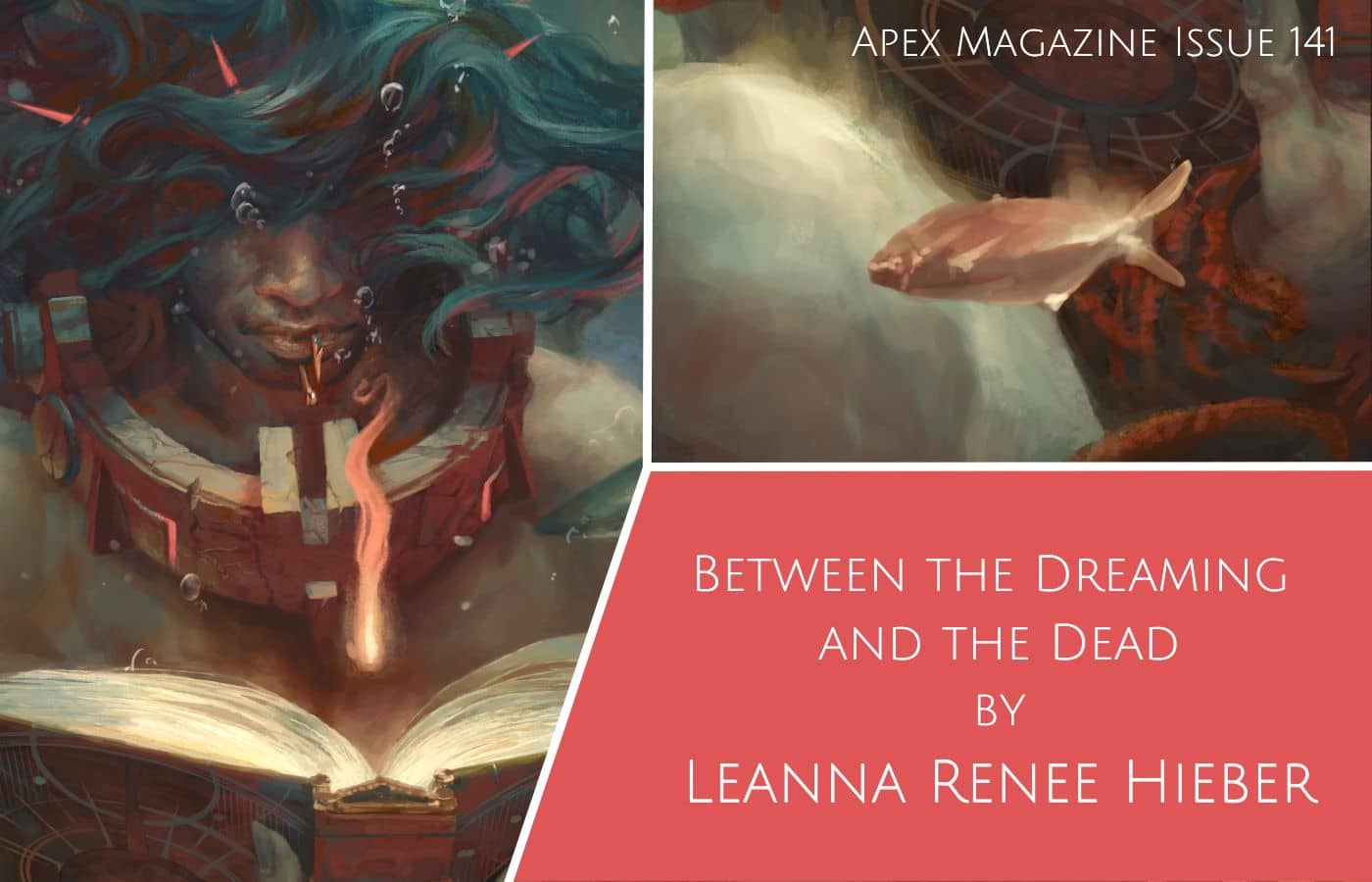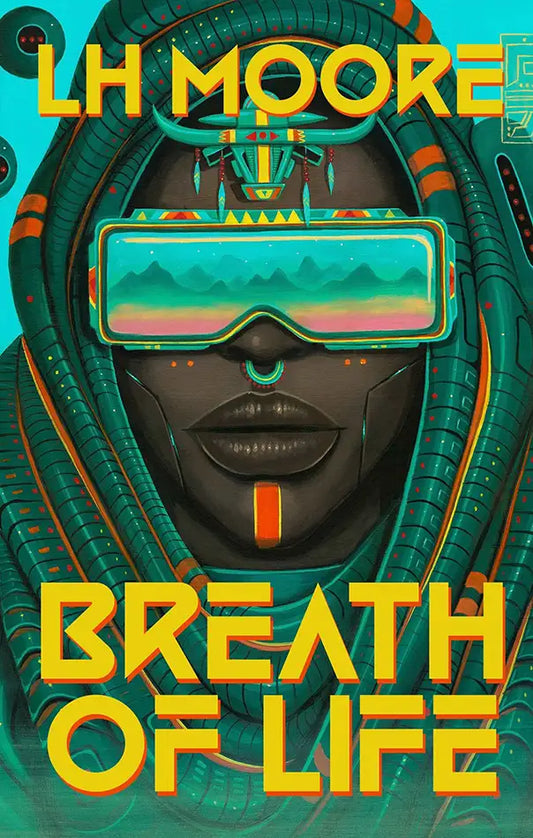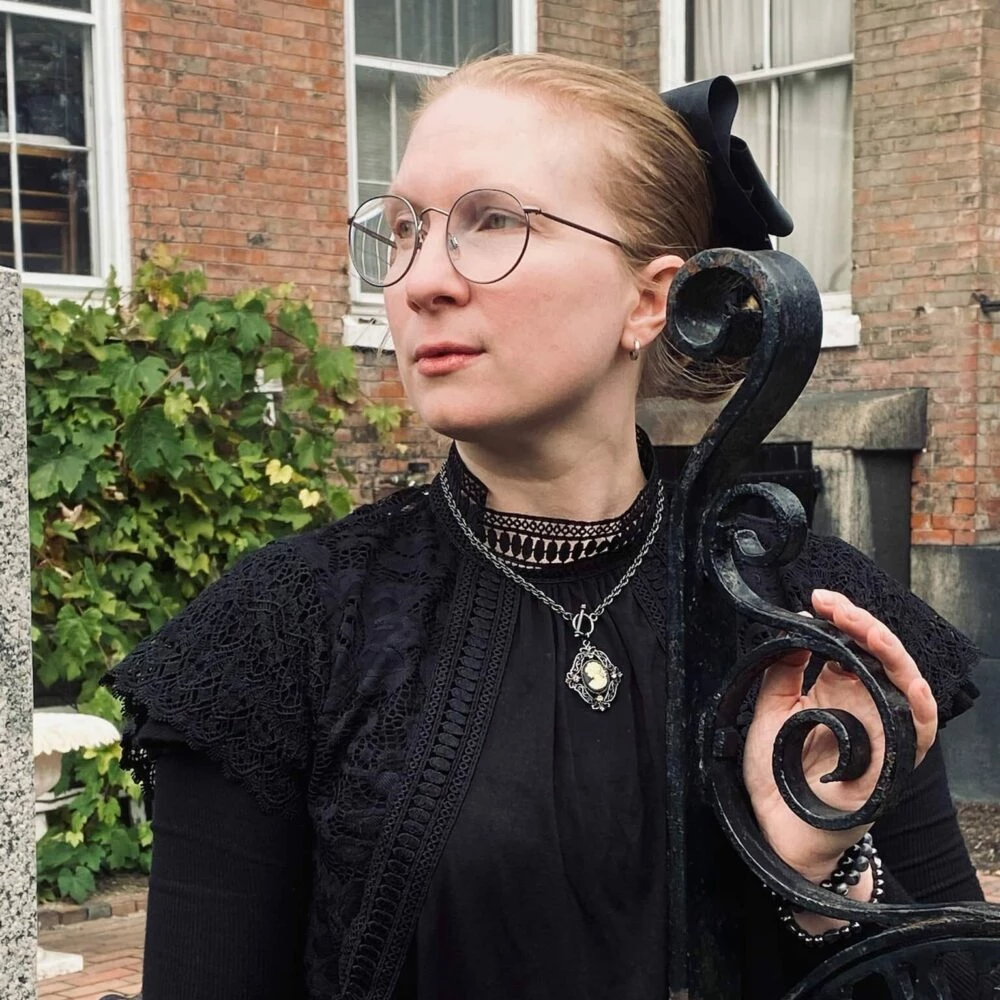
Shakespeare joins dreams and death in the haunting, oft-quoted line from Hamlet: “To die, to sleep—To sleep, perchance to dream—ay, there’s the rub, For in this sleep of death what dreams may come ...” In this part of Hamlet’s famed soliloquy (the one that begins with ‘To be or not to be’), he is contemplating his own existence in drastic terms; weighing whether to take his own life or launch headlong into avenging his father’s murder; a collision course set off by seeing his father’s ghost at the top of the play. Hamlet’s life hangs in a liminal balance of loss, indecision, and need.
Far earlier than Shakespeare, ancient Greek writers made dreams and spirits corollary, noting that dreams existed at the edge of the underworld, shades and dreams passing up to the living from the ‘gates of horn and ivory’ as noted in the Odyssey and the Aeneid. In an unconscious state where a body is vulnerable but the mind is still very active, the body in and of itself becomes a liminal mass, poised at a gateway. Myriad cultures and faiths throughout history have held dreams and the spectral realm in close proximity; prompting the mind towards a waking life and new choices at the start of a fresh day.
For my part, I live a spectral life. My career in fiction and nonfiction focuses on ghosts and ghost stories. I’ve been a ghost tour guide around the country in numerous haunted spaces, presently for New York City’s Boroughs of the Dead, whose founder, Andrea Janes, was my co-author for A Haunted History of Invisible Women: True Stories of America’s Ghosts, a nonfiction book that explores the intersections of women’s history, real lives, and their ghost stories.
Working with stories of the dead is a deeply spiritual calling. I don’t tell ghost stories to scare people, I tell them to celebrate lives once lived. But in order to be truly in tune with ghost stories, one has to respect that they do have the capacity to scare (i.e., to “wake” the dreamer). They exist in an in-between state of imagination, fantasy, and reality, the purview of nightmares. Whether in the capacity of guide, fiction, or nonfiction author, I have to be very aware of which space I’m inhabiting when.
In our work in print or when giving a tour, both Andrea and I make a delineation between the historic facts of a given space and the ghost stories attached to them. Those stories cannot be unequivocally proven in the same way we can prove the date the average New York building was built. Still, we select places that have amassed accounts of inexplicable happenings; because if many people through history have had odd experiences in a given place, often without knowing anything about its history or former occupants, then something is happening there. Conversely, if the ghost stories are flimsy but the site has historic importance, we can unpack why people want to believe certain places are haunted.
Dreams have this delineating capacity too; even though they are often an indiscernible mystery, we want them to mean something. Sometimes they do; whether they open doorways to creativity, perhaps the subconscious mind is working through a particular problem, or the tone of the dream may denote a symptom of anxiety, revelation, or confronting an actual fear. Or, as I’ve heard more times than I can count; dreams are a space in which those who have passed on come to tell their loved ones they are all right. In that manner, the dream is also the ghost story.
Whether skeptic or believer, everyone has a ghost story or knows someone who does. Science may yet figure out the mysteries of a ‘sixth sense’ and various paranormal phenomena, from poltergeists to full-bodied apparitions. In the meantime, there has to be room for dream-filled possibility. Yes, I have had my own paranormal experiences that have defied all scientific explanation, but that doesn’t mean I don’t approach supposedly haunted places with skepticism. When all other scientific checks fail, then the experience must be, for now, paranormal.
For example: Salem, Massachusetts; a noted, haunted town. While researching a specific harbor setting in my Eterna Files series, I stayed at the Hawthorne Hotel. Built in the 1920s, I was on the top floor, in room 606, at the very end of the hall. At 3am, I was awakened from a peaceful sleep by a distinct sound going up and down the hallway. Jingling keys. As the sound resumed at the opposite end of the hallway and came closer, a few things dimly occurred to me as I was continuing to wake up.
There was no sound of footfalls accompanying the jingling sound.
Why would someone have their keys out anyway, when the Hawthorne now uses a key card entry to rooms?
As I dimly considered these questions, the jingling came closer. I figured I had to be experiencing a clairaudient haunting of staff, a caretaker from an earlier time-period, checking in on the rooms. As I settled on this as a possible explanation, the sound of keys, then just outside my room, stopped. The next thing I heard was another distinct sound: a fingernail across wood. A fingernail scratch sounded across the wooden headboard of my bed, three inches above my head.
Admittedly, that was terrifying. But in that panic, I thought to myself: Remember your training! What do ghosts often want most? To be acknowledged.
In a sense, to be awakened from their own dream.
So, I blurted to the room in one rapid-fire, shaky breath: “Thank you for all your hard work here through the years, the room is very nice, and we appreciate you very much!”
Pause. An interminable silence. Then the jingling keys sounded again outside my door and moved down the hall, around the corner and wasn’t heard again. My heart eventually calmed and I was able to get back to sleep. It’s only one of many Hawthorne Hotel ghost stories to be told through the years. But, amusingly, my ghostly career ‘training’ kicking in did seem to do the trick; an acknowledgement and then a moving on. As I say in my Spectral City series; ghosts are ‘creatures of startle and shock.’ I may be, like my heroine in that series, Eve Whitby, used to working with ghosts, but it doesn’t mean they can’t still be surprising.
That encounter came out of the threshold space of sleep; as if my resting state was a doorway and I happened to wake to a spectral world entwining with my own. Interestingly enough, 3 am is one of the most oft-reported timeframes of hauntings. A dreaming and a spectral realm are often just an odd sound away from one another, especially in wee hours when the waking world is mostly quiet.
I’m not a psychologist, parapsychologist, or sleep analyst, so I’m not coming at this from a medical or directly academic perspective, and while my work is well-researched, I’m ultimately just a history-infused storyteller who likes to examine themes and has had conversations with thousands of guests over the years about what ghosts mean to them.
Examining themes in ghost stories can be as interesting as the stories themselves. Just like dream interpretation seeks to unpack the meaning of our unconscious imagery and the innerworkings of our minds, the work that Andrea and I do in our books and tours questions what ghost stories might be saying about our society.
If dreams are a way for the mind to grapple with and analyze life, I believe ghost stories can do the same for death. Especially when the two are directly entwined. One of the things I didn’t expect about my job as a ghost tour guide was that I would become a sort of ‘paranormal chaplain’ where people on my tours or after a lecture on ghost-lore come up to me and bring me their tales. I hold these things sacred, as one’s own relationship to spirituality—as well as any paranormal encounter—is deeply personal. I never tell anyone what to think or believe, as who am I to say? But what I can offer is an open heart and open mind, ready to hear their stories and share my own. From an empirical evidence standpoint, the stories I’ve heard most often are deceased loved ones coming to leave messages in the dreams of the living.
We are workshopping our own anxieties, strategizing and sifting through our thoughts on life and death while dreaming. We’re doing the same in telling or experiencing a ghost story. I see this in every interaction I have with guests or readers; people process the inexplicable by sharing those strange moments with others, often seeking out people like me who are a ‘safe space’ in which to share something that might be laughed off or disregarded as ‘fanciful,’ an overactive imagination, or any other dismissive response. An acknowledgement is often just the thing to set a mind, or a spirit, at ease. We are all travelers towards Shakespeare’s well-named ‘undiscovered country.’ Living a life entwined with ghosts is to exist in a waking dream, walking between worlds. The paranormal exists in that distinct liminal space, hovering between awake and asleep, drifting just out of frame, floating in your peripheral vision; testing your senses and your grasp on the physical, material world. Our dreaming worlds may tap into a world beyond. For the living dreaming and the spirits of the dead, there is but one hope: Rest in peace.









